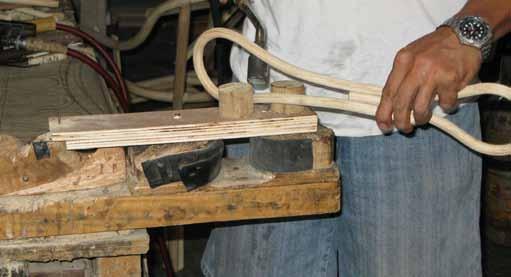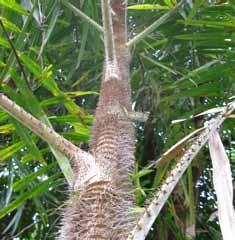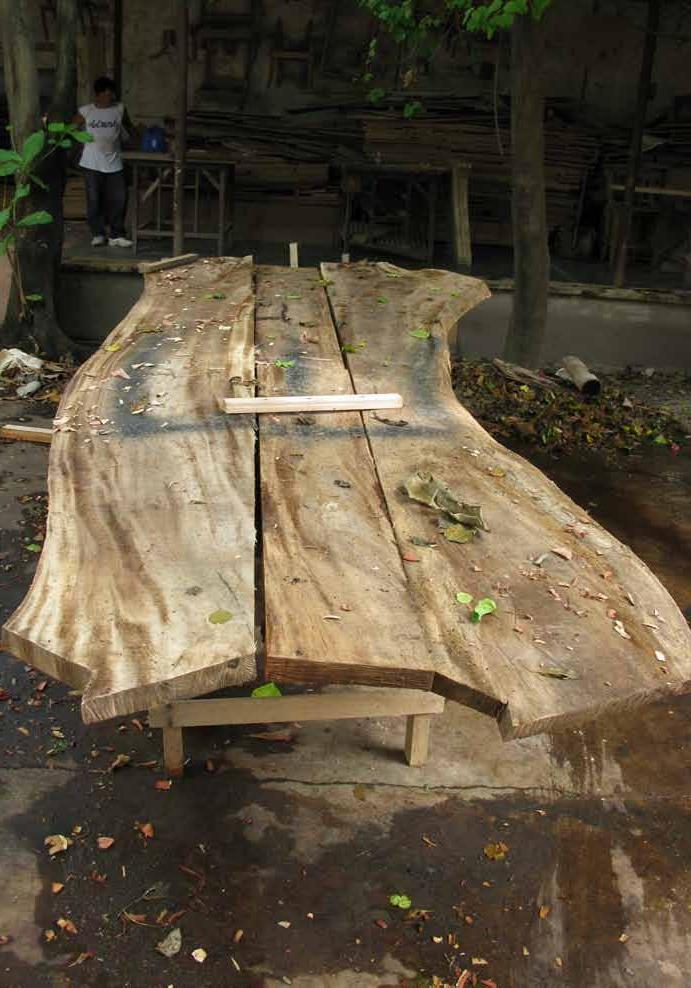Foreword In 2009, the Deutsche Gesellschaft für Internationale Zusammenarbeit (GIZ) GmbHthe Environment and Rural Development Program (EnRD) commissioned a value chain study on wood and non-timber products (rattan and bamboo). One of the success indicators of the GIZ-EnRD Program is the increase of the income of individual farmers and people’s organizations (POs) in Leyte Island that have participated in government’s reforestation efforts through the Community-Based Forest Management (CBFM) Program. The CBFM program links the rehabilitation of degraded forest areas with the provision of livelihood for the communities that are responsible for the development, protection and conservation of resources such as timber and non-timber forest products (NTFPs) in forestlands. Planting fast-growing timber such as Gmelina and Mahogany, and NTFPs such as rattan and bamboo has been encouraged as one of the strategies to help restore denuded forest areas. Through time, these planted species have matured and become ready for harvest. Harvesting, processing and utilizing these resources offer farmers opportunities to benefit from their contribution to reforestation and plantation. The harvesting particularly of plantation-grown timber was also in line with Region 8’s Wood Processing Rationalization Plan, which aims to establish a wood processing sector in the Eastern Visayas with a solid base of sustainably supplied raw materials. The value chains were mapped using the GIZ ValueLinks framework. The study involved a three-month period of gathering primary and secondary data from various government agencies and private sector organizations. The value chains were validated in two subsequent workshops attended by various stakeholders representing the respective actors and enablers. The participants came up with a set of recommended action programs that stakeholders agreed to pursue to fulfill the vision of the respective value chains within the next three (3) years. (2010-2012). This study is an effort to help understand how farmers can benefit more from plantation wood, rattan and bamboo that are processed into different consumer products, especially furniture.It provides an overview about the industries, including local and global market, and the market demand for plantation wood, rattan and bamboo. The study also identifies how the target groups could get maximum returns for their products. It describes which sub-sector has the most potential in terms of market demand, value addition and income generation for the benefit of the various operators in the respective value chains. The study gives a special focus on forest farmers who are dependent upon the income derived from forest and agroforestry products. Results will be useful in enabling farmers and communities to maximize the benefits they derive from forestry activities in order to make a living and at the same time protect the resources in upland areas.
7





